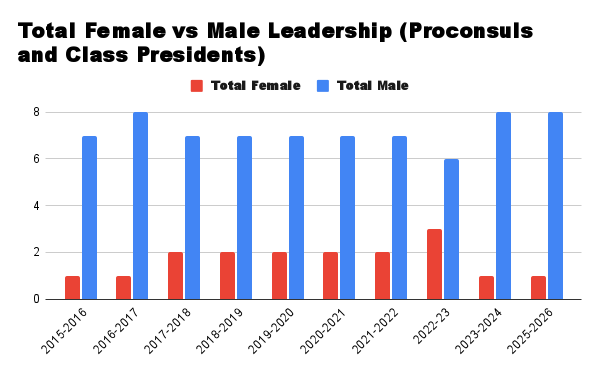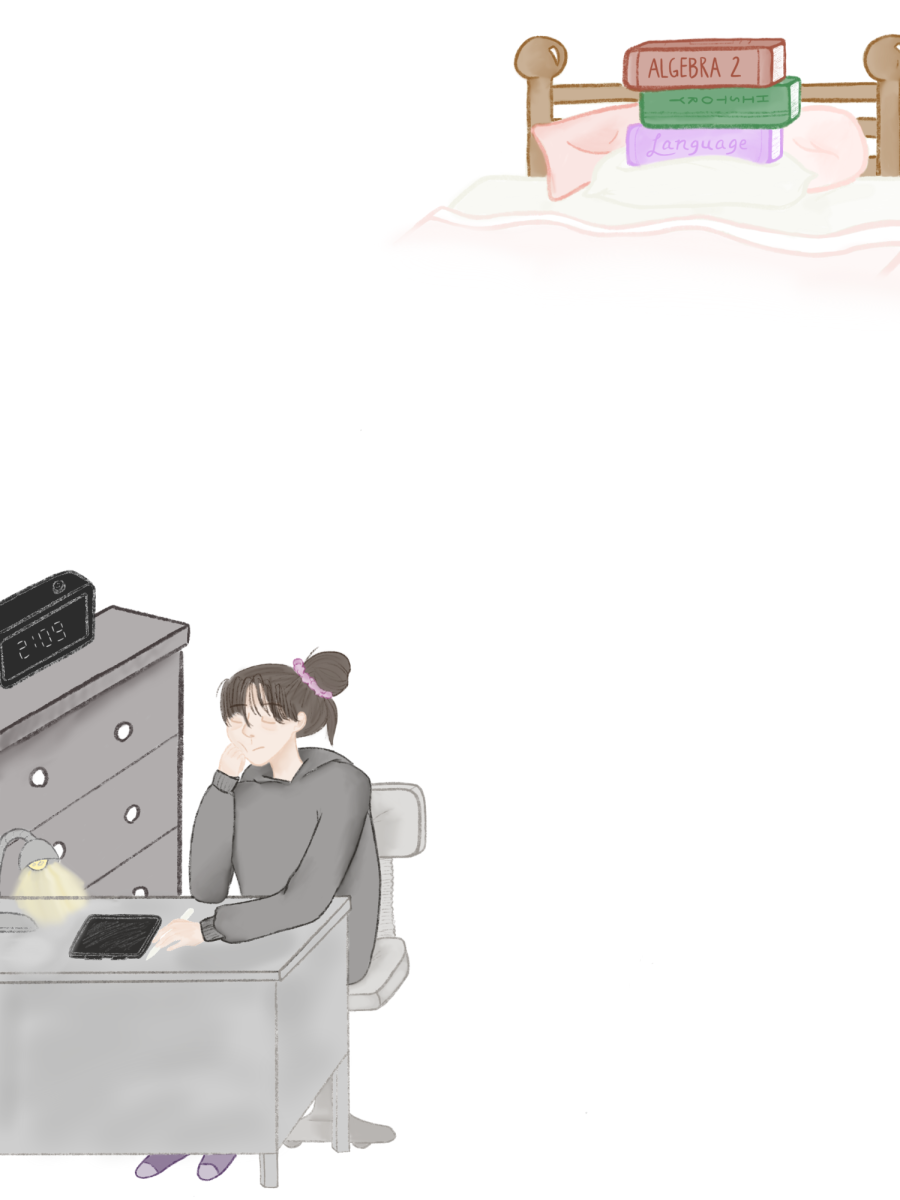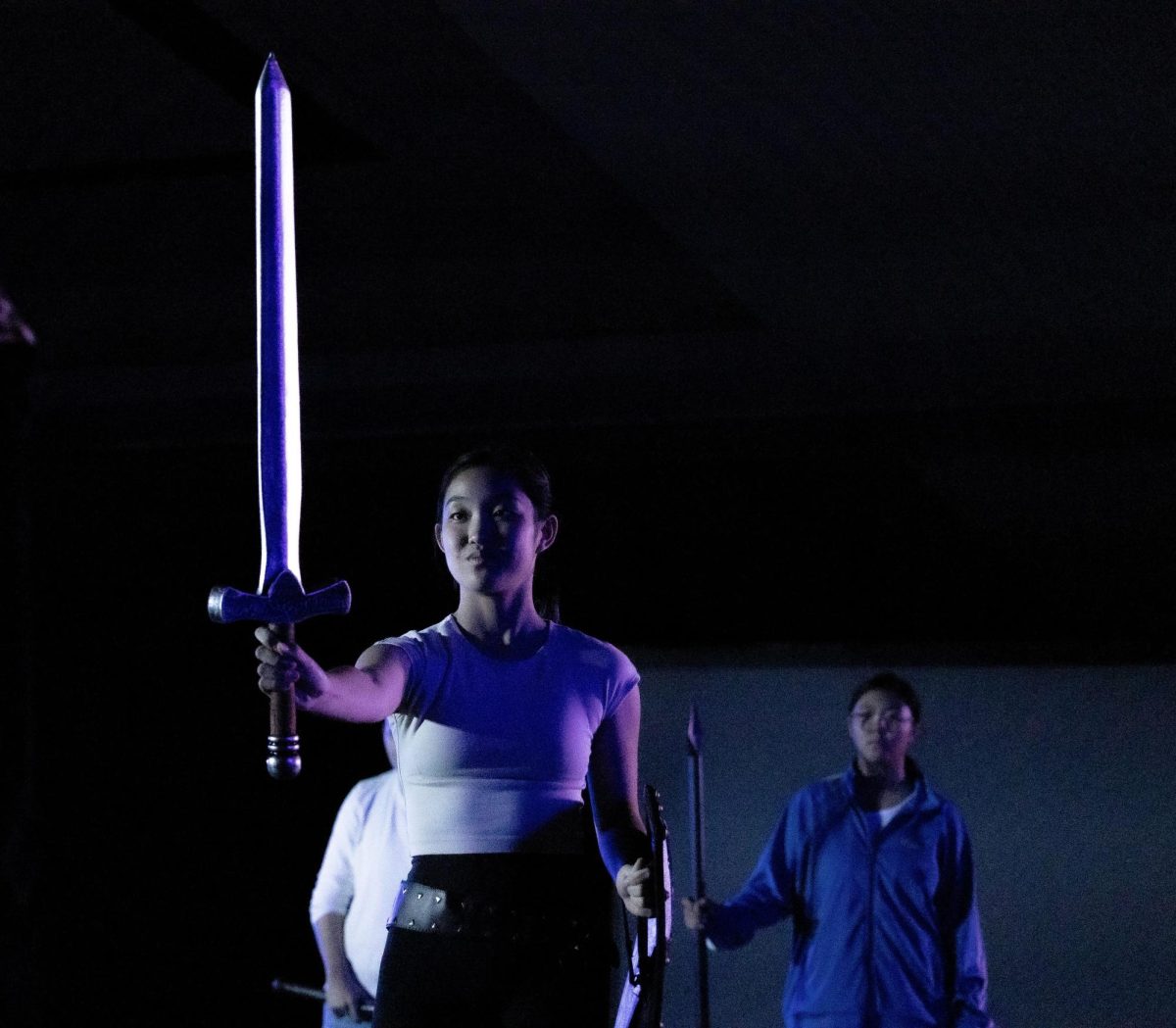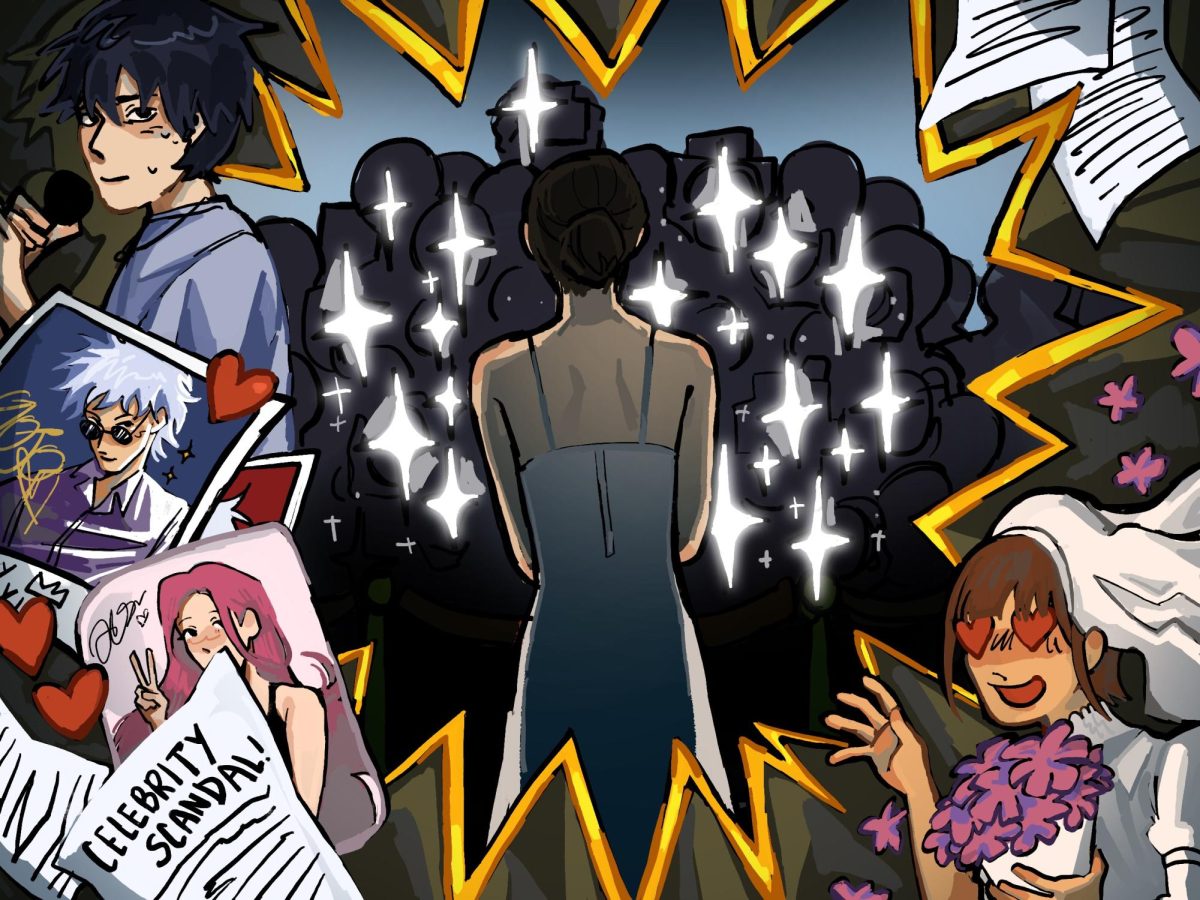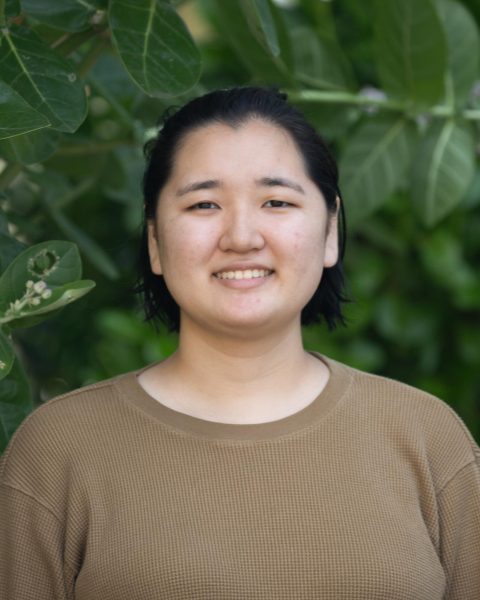ʻIolani School, along with other top private schools like Punahou and Mid Pacific, is widely regarded as one of the best educational institutions in Hawaiʻi. Its unique role as a private institution means that ʻIolani operates independently from the state-organized school district, allowing it to determine its own curriculum, class sizes, and organizational culture. However, this independence comes at a significant cost—an annual operating budget of $80 million.
To cover these expenses, it primarily relies on student tuition and independent donations; however, this also means that ʻIolani must compete in Hawaiʻi’s cutthroat educational market against both private and public schools for funding. This forces ʻIolani to balance both its budget and the needs of all of its students simultaneously, creating a delicate and complex intersection between these two spheres.
ʻIolani is a school, but it is also a non-profit business, which means that it is in charge of collecting and managing all of the funds necessary for its operation. In order to do this, ʻIolani must, like every other business, attract and satisfy its customers. If this is the case, the crucial question that emerges is how ʻIolani’s role as a business affects its education and environment.
Dr. Aster Chin is familiar with this process as the Dean of Upper School. She stated, “I think with any organization, we’re always thinking about the sustainability of that organization. In a state or public situation there’s less concern about that because you are guaranteed taxpayer dollars to be able to fund whatever it is you’re doing. So that does inherently mean that if you’re a private institution, you have a greater incentive to be able to kind of carve out our specialty and we’re going to try to make sure that our organization is sustainable for years to come based on meeting the needs of these particular set of students.” To put it another way, being a private school necessitates financial sustainability, which relies on meeting the needs of customers, in this case, students, and meeting the niche demands in the education market. As a private school, ‘Iolani is also in charge of attracting its own students. Unlike public schools which can just draw students from their district, ‘Iolani’s students hail from all over the islands, and even the world. Before all of those different students attend ‘Iolani, they have to know about the school first.
That’s where ‘Iolani’s institutional reputation comes in. Dr. Chin said, “I don’t think we started off thinking about reputation necessarily. [The question becomes], now that we have that reputation, how do we maintain it?” She continued, “our main mission is to just make sure that we’re doing our best to educate students to offer students opportunities so that when they leave this place, they’ll have opportunities.” Dr. Chin went on to explain that while ‘Iolani does delegate resources to marketing, the impetus of its messaging strategy is emphasizing how ‘Iolani’s diverse programs allow ‘Iolani students to grow academically and intellectually. Dr. Chin said, “It’s not just about winning awards, its well, this person comes in ninth grade and was really struggling and didn’t have her voice, but in the four years that she was here with us, in 12th, look, she’s speaking at graduation…Those stories of students succeeding here, finding success, finding themselves here, that absolutely speaks to who we are as a school, and that should compel people to come. That’s why we try to always capture those stories.” Dr. Chin believes that the most effective way to generate sustained interest in an ‘Iolani education is by highlighting the stories of individual students who are able to grow and thrive by attending ‘Iolani.
Mr. Russell Motter, a history teacher at ʻIolani who teaches AP United States History and AP African American History, also believes that ʻIolani’s independence as a private institution offers it unique advantages over public and state schools. “I’ve never proposed a course that I wanted to teach that wasn’t approved by the History Department. That’s a big deal,” said Mr. Motter. “To be able to teach material that I think is important and that interests me is one of the great advantages of teaching here.” ʻIolani’s independent status has enabled it to create new avenues for curriculum development and flexibility.
Ms. Sarah Johnson, also a history teacher at ʻIolani who teaches AP United States History and International Politics, stated that “[Schools like] ʻIolani [are] explicitly college preparatory, and with that comes the expectation that faculty build courses that are genuinely college preparatory.” She added, “I don’t know if that is embedded in the expectations of public schools… there’s certainly an effort for students to matriculate to college, but there’s more emphasis on college-level teaching and learning happening in the upper levels [at ʻIolani].” ʻIolani’s role as a private college preparatory school necessitates a culture that demands collegiate level education. This could mean increased pressure on students to take on harder course loads, and a culture that could moralize their academic choices and challenges—the type of culture that is nurtured by a private institution’s need to uphold their reputation as an academically rigorous institution.
Mr. Motter agreed, stating, “I don’t think our school has ever explicitly claimed that we offer a curriculum that leads to career pathways. I think we offer students the freedom to choose courses that interest them.” He continued, “I think that the curriculum is broad enough to provide an opportunity for discovery that’s really at the heart of a liberal education.” There is more to the type of liberal education that ʻIolani provides than preparing students for jobs—a liberal education is a central tool for democracy that expands knowledge, civic engagement, and independent thinking. Mr. Motter believes it’s important to value the type of education that values curiosity and exploration.
However, he expressed reservations about the current direction of modern education, stating “I think right now in terms of educational priorities, we do see schools and colleges selling education as a career pathway, and I think that’s misguided.” Ms. Johnson corroborated, stating, “That’s where the money comes in. With private schools and the expense of sending a child to private school, this creates the expectation of a kind of transaction. It’s a client and business transaction—which I think is dangerous in education.”
Many people in the modern United States view education not as an end in itself, but as an investment or as a means to succeed in the modern economy. Given the costs of private education, including at ‘Iolani, this makes some sense. But while ‘Iolani is dedicated to providing its students with opportunities, its mission, first and foremost, is to cultivate personal growth and intellectual curiosity.
Dr. Chin said, “A key difference between ʻIolani and other schools in the public sector is that we have a clear mission to offer options for students to dive deeply into whatever issue or discipline they want to study, and that it really is about teaching kids what it means to live in community. That is a big factor. It plays into, then, the decisions that we make around class sizes, teachers, courses, the offerings themselves, all those kinds of things.” At a school like ʻIolani in particular, which is sensitive to the needs of its students and families, this means that a significant amount of effort is made to provide programs that students and families gravitate towards.
As a private school, ʻIolani is obligated to cater to the preferences of those paying tuition, namely the families of ʻIolani students. Public schools, on the other hand, largely craft their curriculums based on the specifications of their school district. While families of students attending public schools do have some influence over school policy, any drastic changes are made through official bureaucratic mechanisms. Thus, ʻIolani’s programs and curriculum are, to some extent, subject to the preferences of the parents paying tuition. The inherent challenge of ʻIolani’s private model of schooling lies in the fact that it operates within a market that is subject to the forces of supply and demand, where schools may need to prioritize the shifting demands of customers rather than the greater good of the community.
The balance between ʻIolani’s business and scholastic spheres is delicate, and they do influence each other. ‘Iolani’s goal as an institution is to allow its students to grow and to present them with opportunities to continue doing so well after graduation. However, as the educational market becomes more demanding, ‘Iolani’s all-inclusive liberally minded educational philosophy may come under pressure from prospective private school students who expect ‘Iolani to prioritize classes in fields that are considered more financially rewarding. The future of education, both at ‘Iolani and at other private institutions like it will ultimately be dependent on the answer to this question: profit or knowledge?


